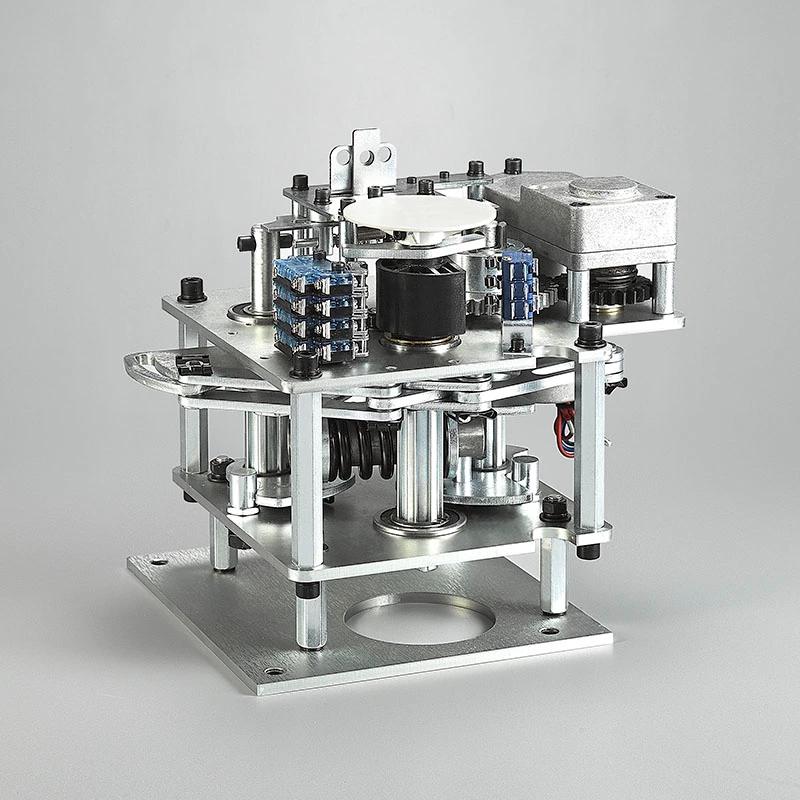How To Choose A Digital Multimeter For Electrical Fittings?
Gas filled cabinet How to choose a digital multimeter?
(1) Display format and power supply
The display format of a digital multimeter is not limited to numbers, but can also display charts, text and symbols for on-site observation, operation and management. According to the size of its display device, it can be divided into four categories: small, medium, large and extra-large.
The power supply of a digital multimeter is generally 220V, while some new digital multimeters have a wide power supply range of 110~240V. Some small digital multimeters can be used with batteries, and some digital multimeters can be used in three forms: AC power, internal nickel-cadmium batteries or external batteries.
(2) Response time, measurement speed, frequency range
The shorter the response time, the better, but some meters have a longer response time, and it takes a while for the reading to stabilize. The measurement speed should be based on whether it is used in conjunction with system testing. If used in conjunction, the speed is very important, and the faster the better. Frequency range, then choose appropriately according to needs.
(3) AC voltage conversion form
AC voltage measurement is divided into average value conversion, peak value conversion and effective value conversion. When the waveform distortion is large, the average value conversion and peak value conversion are inaccurate, while the effective value conversion is not affected by the waveform, making the measurement result more accurate)
(4) Resistance wiring method
The resistance measurement wiring methods include four-wire and two-wire. When measuring small resistance and high precision, the resistance measurement wiring method with four-wire should be selected.
With the development of large-scale integrated circuits and display technology, digital multimeters are gradually developing in the direction of miniaturization, low power consumption and low cost. Digital multimeters are also clearly divided into portable and desktop types. Portable ones are generally 31 or 41 digits, small in size, light in weight, and low in power consumption, suitable for production workshops or field use: desktop ones can reach 61 or 71 digits, with increasingly higher accuracy and resolution, using microprocessors and GP-IB interface devices, and are used as standard meters and precision measurements in metrology, scientific research and production departments.

